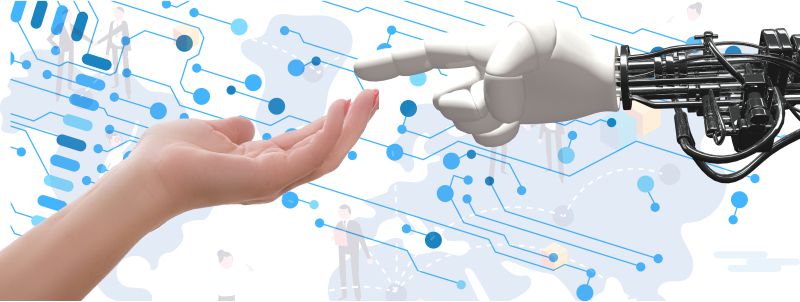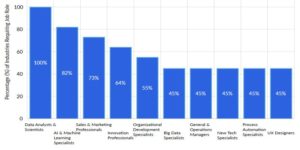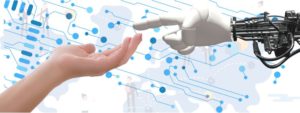Companies of today make use of machines and automation using artificial intelligence to complement human skills. Machines supplement more physical and manual work activities while artificial intelligence supports the performance of complex and technical tasks.
Automation technology enables organizations to remove the burden of repetitive administrative work and allow employees to focus on solving more complex issues while reducing the risk of error, allowing them to focus on value-added tasks.
However, some work tasks have thus far remained overwhelmingly human: Communicating and interacting (also changing with the introduction of chat bots); Coordinating, developing, managing and advising; as well as reasoning and decision-making.
By 2022, this picture is projected to change. Some forecasts project that advances in automation will result in the wholesale replacement of the human workforce.
The estimates of companies surveyed by the World Economic Forum for this report provides a global view of how human-machine collaboration might evolve with the proposed expansion of machines’ share of work task performance particularly marked in job roles related to reasoning and decision-making.
Percentage of Job Roles for Humans vs. Machines – 2018 vs. 2022
The most relevant question to businesses, governments and individuals is not to what extent automation will affect current employment numbers, but how and under what conditions the global labour market can be supported in reaching a new balance in the division of labour between human workers and machines.
While the Fourth Industrial Revolution’s wave of technological advancement will reduce the number of workers required to perform certain work tasks, responses by the employers surveyed for this report indicate that it will create increased demand for the performance of others, leading to new job creation.
Source: Future of Jobs Survey 2018, World Economic Forum.







